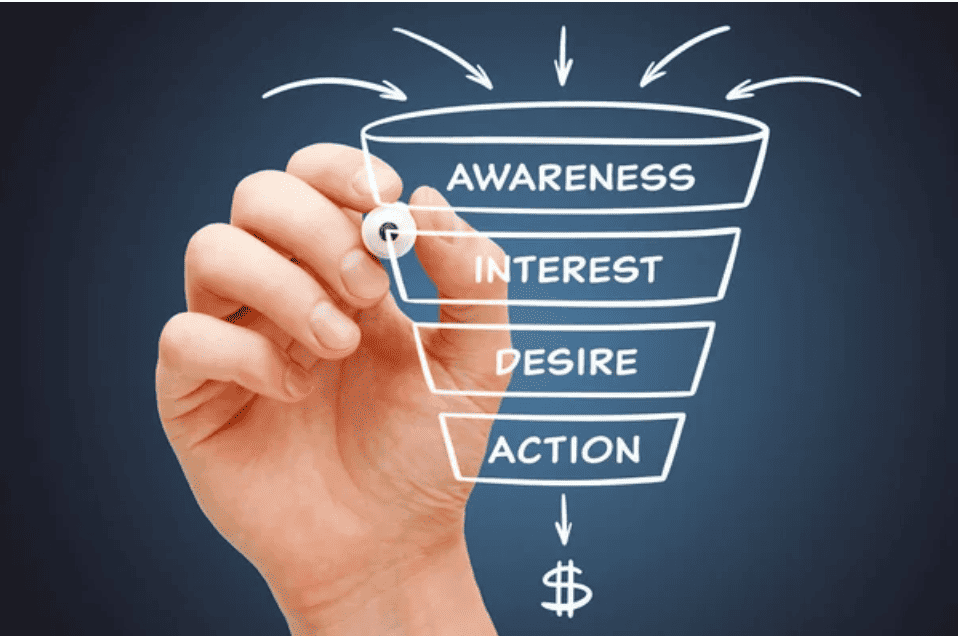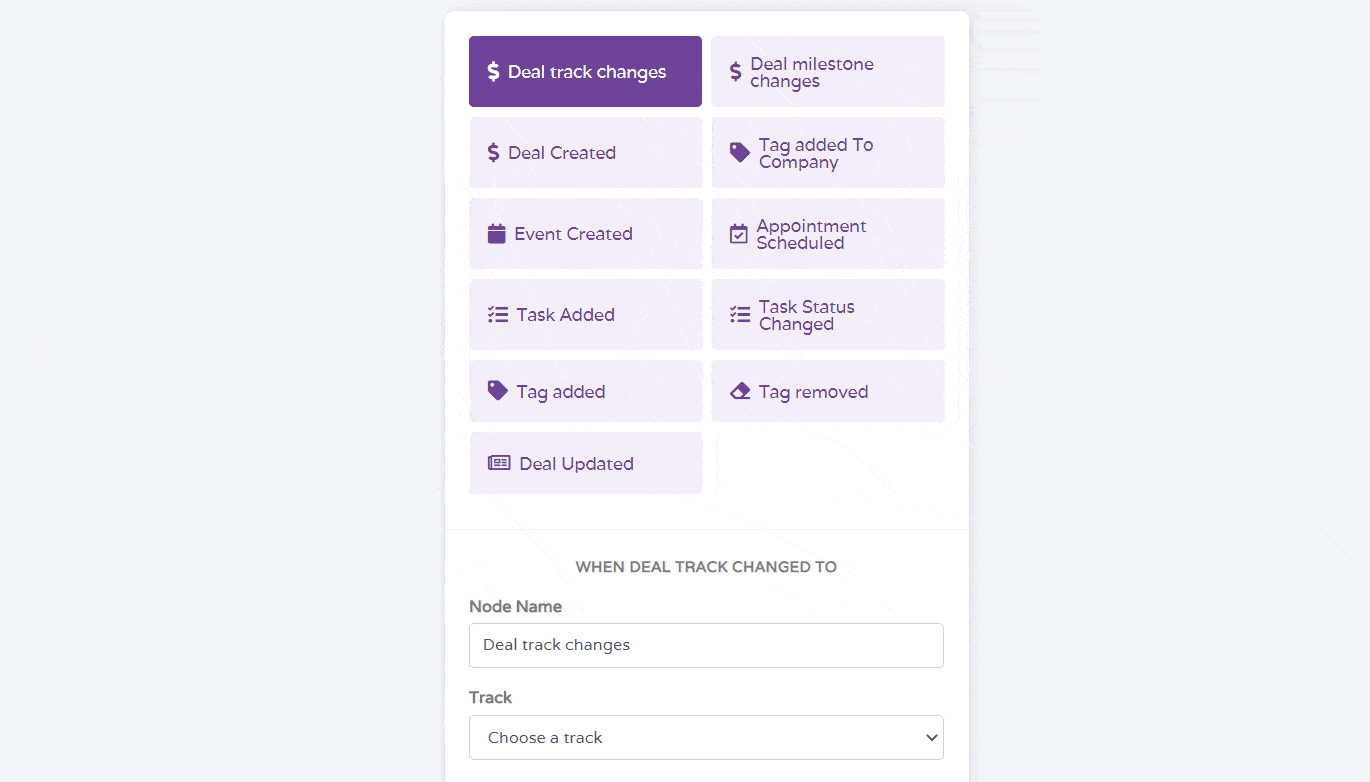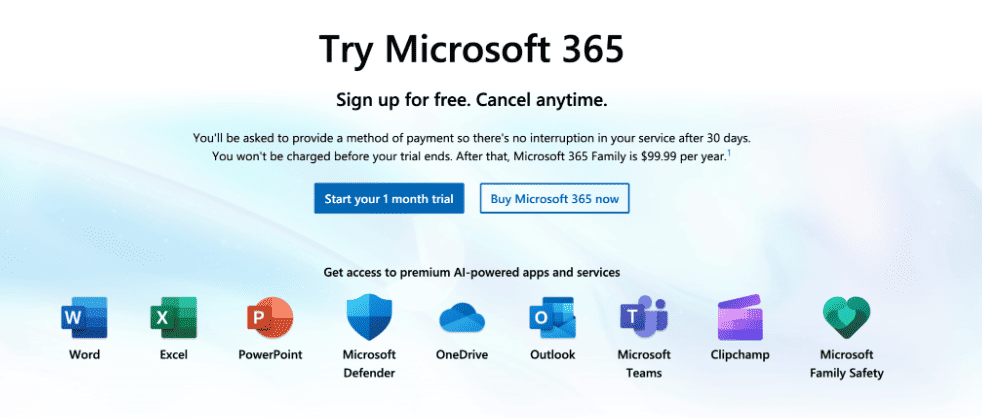Without customers, you will have no business to run.
For that, you need to create a list of prospective clients who are willing to do business with you.
In the hope of procuring new customers, many tend to cast a wide net. For instance, sending out emails to the entire contact list even if they do not match your buyer persona.
This will definitely get people talking about your brand. But will this help convert them into paying customers?
Not really.
Narrowing your target helps you generate more qualified leads with a high chance of conversions.
This guide article will share some truly effective tips on how to build a prospective clients list and how you can convert these prospects into paying customers.
Let’s dive in.
Table of Contents
What Are Prospective Clients?
A prospective client or a prospect is a business or individual interested in making a purchase and has the authority to make buying decisions.
The criteria for qualifying a prospective client varies from company to company, depending on the industry in which the organization is based and the products and services offered.
Sales reps use filters to identify high-quality leads, including age, gender, location, income, buying preferences, and more. However, leads are not converted into clients immediately. You need to first convert them into prospective clients.
And the process of converting leads into prospective clients typically starts with a single criteria point. This helps sales teams identify people who are their business’ target audience.
Later, more filters are applied until sales reps find the right time to connect with their leads about the products and services they have identified as prospective clients for.
Read also: Value-Based Selling — 7 Actionable Tips To Build Your Brand Value
Prospective Client vs Lead: What’s the Difference?

Often, the terms prospective clients and leads are used interchangeably. However, prospects and leads are two different distinctions.
Let us find out what each of these terms means.
Prospects are pre-qualified individuals who meet specific criteria established by sales teams. The criteria can be based on factors such as age, gender, income, buying preferences, etc. On the other hand, leads have not yet been qualified and therefore, cannot be classified as potential customers or clients.
In other words, companies do not have enough information to gauge whether a lead meets the criteria set for a particular product or service.
Another difference that separates prospective clients and leads is how they process information. Typically, leads receive knowledge passively. Companies communicate with their leads in large groups using promotional emails or social media channels.
This way, leads usually don’t get the opportunity to interact closely with brands or their sales teams.
Prospective clients, on the other hand, can interact with businesses directly. Once qualified, sales reps usually reach out to prospects by conducting one-on-one conversations to understand their likes and dislikes, buying preferences, and interests.
At this stage, companies aim to convert prospective clients into loyal customers by describing the benefits of their products and services and addressing any questions or concerns.
Lastly, while the leads are at the top of the sales funnel, prospective clients are positioned in the middle. This is because sales reps identify and gather leads from various channels and, later, qualify them using filters to determine their target market.
How to Target Prospective Clients
Not surprisingly, 50% of prospects identified turned out to be a bad fit for the business, particularly because companies fail to define the characteristics of their buyer person properly.
Fret not; here’s a three-step guide to help you identify your prospective client.
#1. Get to know your audience
The first and foremost step to maximizing conversions is understanding your target audience.
Companies use various techniques to identify their ideal customer.
You can start off by building a list of your company’s most loyal or important clients and find out what they have in common. These can include similar income groups, age groups, gender, job profile, and more.
Furthermore, you can conduct a survey of your best customers to understand which products or services they like the most, which features they find most useful, and what more products they would like to see.
#2. Research your competitors’ audiences
While it is crucial to know who your business’s target audience is, you should also be informed about your competitor’s clients.
People who love your competitor’s products and services should also be easily convinced to purchase from you.
To find out about your competitors’ clients, you should research their social media handles, the content shared by them, and their followers’ profiles.
You should also try and monitor their promotional campaigns to understand the language used by your competitors to attract customers and their value proposition.
Read also: A Guide to SPIN Selling — Definition, Tips, and Best Practices
#3. Establish qualifying criteria
Before you begin qualifying your leads, it is best to create a list of qualification criteria.
This is dependent upon the industry in which your business operates and your target market.
If your company works in the B2B industry, some of the factors you can use to filter prospects include revenue or brand growth, budget, the sector businesses operate in, and so on.
Similarly, if your company works in the B2C sector, your qualifying factors can include age, gender, marital status, income, purchase history, location, and so on.
7 Tips to Convert Prospective Clients Into Customers
Let us now look at ways to convert prospective clients into customers faster.
#1. Demonstrate practical application of your products
How many SaaS companies can you remember offering a free trial to their prospects? Almost every company does.
Here’s a good example of Microsoft 365 offering a free trial for a month. It gives enough time for the users to use and understand the efficiency of the product.
Showcasing a real-world application of a product can have more impact on your audiences’ minds rather than just telling them about the benefits of your product.
It convinces your prospective buyers to purchase if they feel it might be useful to them, especially when they experience it for themselves.
Some ways in which you can conduct a product demonstration include creating a product guide or tutorial, scheduling a meeting with prospects to show how to use your products, and providing a free trial to your prospective clients.
#2. Build an omnichannel presence
You need to meet your customers where they are. That means you need to build an omnichannel presence across various channels, including social media, websites, emails, phone calls, and more.
Customers today expect a smooth brand experience when reaching out to them.
Giving them the option to opt for any communication channel of their choice will definitely put your brand in a good light.
Besides, brands need to ensure that all the interactions from various customer touchpoints get stored in a single platform.
The use of CRM can help manage all your contact profiles in an organized manner, allowing brands to offer a streamlined service to their prospective clients.
#3. Apply soft selling techniques
A key part of the sales conversion process is building client relationships.
Businesses cannot use hard selling techniques alone to attract prospects. Before making a sale, you need to learn more about the client, including their needs, frustrations, and motivations.
This will help you build trust and understanding with your clients, making them feel important and fostering stronger relationships.
Moreover, if prospective clients are satisfied with the customer experience, there is a high chance they would recommend your brand to others in their network.
#4. Share customer success stories
Another way to convince your prospects to buy from you is by showcasing customers’ success stories along with their testimonials.
When you show them how other buyers benefitted from your product or service, it can help them build confidence in your business.
In other words, it allows them to relate to other customers’ experiences and apply them to their own.
Moreover, this will help them better understand the benefits of your products and services and how they can use them to their advantage.
It’s also wise to include statistics that will help them better understand the value of your products.
#5. Automate follow-ups using tools
To make the communication process faster and more efficient, you can automate follow-ups with customers.
It includes sending automated emails or text messages after specific actions are taken by prospects on your website.
It can easily be done by setting up a marketing automation tool that allows you to set trigger-based actions.

In addition, you can enable a live chat option that can send automated responses to resolve any queries or concerns that prospective clients might have about your products or services.
This way, you can stay in constant touch with potential customers and deliver an improved client experience.
#6. Add prospects to your CRM platform
Using CRM software, you can instantly access your client database and visualize your sales pipeline.
It will help you instantly extract the needed information, track your prospects in real-time, record deals, schedule meetings and appointments, and communicate with customers through multiple channels.
Moreover, with tools like EngageBay, you can segment your contact list based on different filters.
It allows you to run targeted, personalized campaigns to yield maximum results.
Most importantly, it automatically updates your contact list and keeps your database organized.
Read also: What is Social Selling? Benefits, Examples, Strategy, and Index
#7. Leverage data to optimize your marketing efforts
With data, you can scale up your marketing efforts to attract the right prospects.
Techniques such as A/B testing can help you evaluate what content users want to see or which email subject lines or CTA to use.
In fact, you can also experiment with different keywords to see which one attracts engagement on your social media channels.
This will help you enhance your sales and marketing efforts and get you to your target market faster.
Wrap Up
Prospective clients are people or companies who are keen to make a purchase and have the power to undertake buying decisions. They also meet the criteria of needing a solution like yours.
Use these proven ways to make conversion easy. For an all-in-one conversion tool, try EngageBay.

